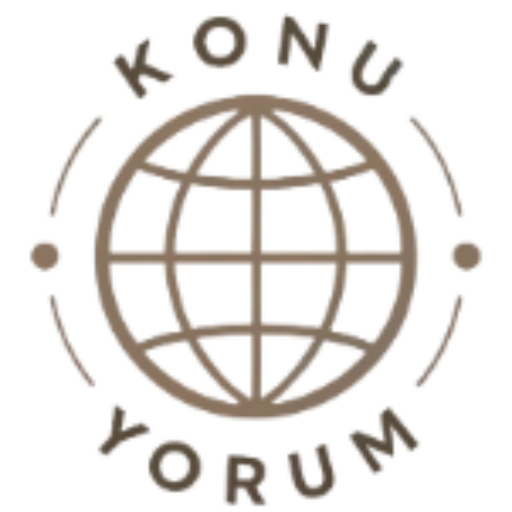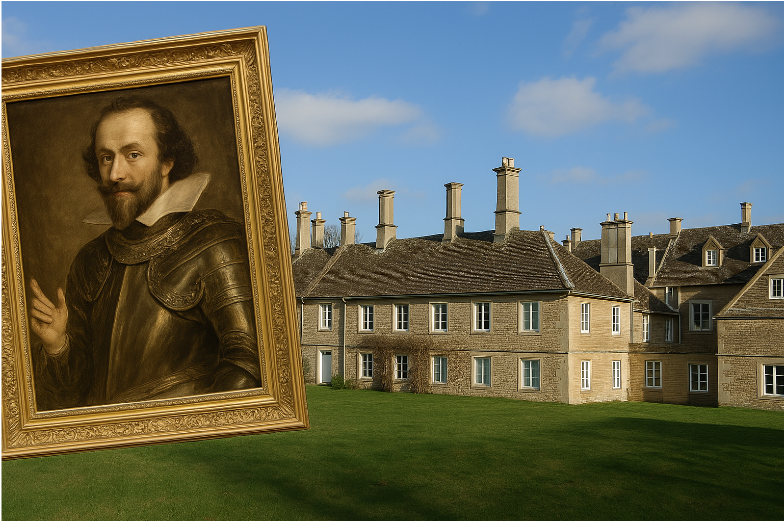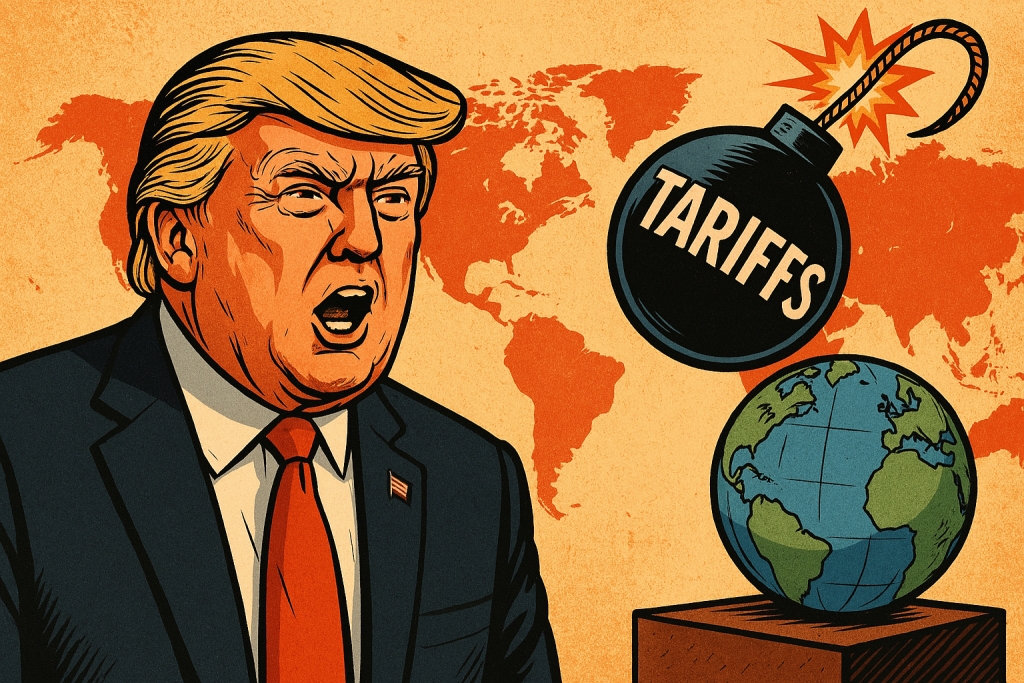Long-Lost Painting from British Noble Family’s Collection Discovered in U.S. Museum—But What Happened to It?
A missing masterpiece from the private collection of one of Britain’s most aristocratic families has been found in an American museum decades after its disappearance. The mystery of what happened to the painting was finally solved thanks to the detective-like efforts of a determined historian.
Back in 1951, a renowned British art expert visited Boughton House, a grand estate in Northamptonshire, to examine the owners’ prestigious collection of Old Master paintings. However, the lord of the manor was ill that day and couldn’t accompany the visitor, leaving the expert alone with the artworks.
Six years later, the owner’s wife was stunned when she came across a familiar-looking painting while touring a museum in the U.S. The portrait of a German prince bore a striking resemblance to one that had once hung in their home. It was, in fact, an original work by the 17th-century Flemish master Anthony Van Dyck, who had served in the court of King Charles I. Her suspicion was correct—the museum’s painting had indeed been stolen from Boughton House.
The thief’s identity remained a mystery for years—until Dr. Meredith Hale, an art historian and researcher at the University of Exeter, cracked the case. Through meticulous investigation, Hale proved that the culprit was none other than L.G.G. Ramsey, the very same art expert who had visited Boughton House in 1951. Ramsey, who passed away 35 years ago, had taken the painting during his unsupervised visit.
Dubbed “England’s Versailles”
At the time, Ramsey was the editor of The Connoisseur, one of Britain’s leading art magazines, and a highly respected figure. But Hale’s investigation revealed that Ramsey was, in fact, a “gentleman thief” who had stolen Portrait of Wolfgang Wilhelm, Count Palatine of Neuburg during his visit to Boughton House.
The estate was often called “England’s Versailles” due to its opulent art collection. Ramsey likely assumed no one would notice if a small painting went missing from a home filled with priceless artworks, furniture, and tapestries. In her article published in the March issue of British Art Journal, Hale described Ramsey’s theft as “a remarkably brazen act.”
The stolen oil portrait was part of Van Dyck’s Iconography series, a collection of 35 works bearing the artist’s signature. These monochrome portraits were acquired in 1682 by Ralph Montagu, the 1st Earl of Montagu, and remained in the collection of his descendants—the Dukes of Buccleuch and Queensberry—until Leonard Gerald Gwynne Ramsey’s fateful visit in 1951.
Sold for £189 in 1954
Ramsey was then preparing The Connoisseur’s 1952 yearbook, which dedicated seven pages to Boughton House. Hale noted, “It’s strange yet telling that Van Dyck’s portraits weren’t even mentioned in the feature.”
Hale also uncovered a 1953 letter from another expert, Ludwig Goldscheider, who—at Ramsey’s request—had authenticated the painting and attached a certificate to the back of its photograph.
The portrait was later sold in 1954 through Christie’s London auction house. The listing referenced Goldscheider’s certificate but omitted the seller’s name. Hale, however, traced the consignment to art dealer Eugene Slatter, who acted on Ramsey’s behalf.
The researcher noticed a common thread linking everyone involved: The Connoisseur. Ramsey was its editor, Goldscheider frequently contributed scholarly articles, and Slatter’s exhibitions were often glowingly featured in the magazine.
At the Christie’s auction, the painting sold for £189 to a private collector, who then sold it in 1955 to Lillian Malcove, a New York-based art patron. Malcove later loaned the work to Harvard University’s Fogg Art Museum in 1957, where it remained on display—its true origins obscured for decades.
THE TRUTH UNRAVELS AFTER THE DUCHESS’S MUSEUM VISIT
Hale emphasized that the painting’s origins came under scrutiny only after the Duchess of Buccleuch made a visit to the Fogg Art Museum—a trip she described as “sheer coincidence.” According to a document found in Boughton’s archives, when the Duchess called the estate to inquire about the painting’s whereabouts, she was told, “Ours is missing.”
Soon after, the 8th Duke of Buccleuch sent a letter to the Fogg, demanding the artwork be “returned to its rightful home.” In his reply, museum director John Coolidge wrote, “We are all eager to resolve this unfortunate matter.”
At the time, Sir Oliver Millar—then deputy surveyor of the Royal Collection—noted in his records that he had examined the paintings at Boughton in 1950. However, Christie’s later told the Duke and Coolidge that the “current owner claims to have purchased the work from a market stall in Hemel Hempstead, Hertfordshire, in January 1950, but the stallholder could not be traced. Regrettably, this makes it impossible to verify the painting’s provenance.”
INCONSISTENCIES AND SHIFTING STORIES
Ramsey, in a letter to Christie’s, claimed, “I cannot clearly recall the seller’s appearance.” Goldscheider, meanwhile, denied issuing a “certificate,” insisting he had merely “offered an opinion.”
The Duchess then reached out to Kenneth Clark, former director of the National Gallery. In a 1958 letter, Clark pointed out glaring inconsistencies in Ramsey and Goldscheider’s accounts, writing, “Neither makes a good impression.”
Clark also questioned Goldscheider’s sudden reversal, noting: “I cannot fathom why he foolishly put in writing that he never authenticated the painting or believed it to be genuine. He must have realized he’d been caught.”
Clark was equally unimpressed with Christie’s handling of the matter, accusing them of “making excuses for an obvious falsification” by suggesting Goldscheider had changed his mind.
Correspondence reveals Ramsey initially denied ever visiting Boughton, only to later admit, “I had the privilege of visiting in 1951.”
Hale Was Certain of Her Findings
Despite the overwhelming circumstantial evidence, Hale noted in her article that “proving Ramsey’s direct involvement seemed impossible at the time. From the Duke’s perspective, there was no absolute proof.”
In 1960, the Fogg Museum returned the portrait to Malcove. After her death, the painting was bequeathed to the University of Toronto. Following a vote by the university’s administrative committee, the decision was made to return the artwork to the Duke of Buccleuch, and it was finally restored to Boughton House.
When The Guardian asked Hale how confident she was in the culpability of the two experts, she replied, “I am absolutely and completely convinced.” She added, “My research led to the painting’s restitution. I was involved from start to finish—even when lawyers stepped in during negotiations with the University of Toronto. So, I bore the brunt of this ordeal.”
“Neck-Deep in the Cover-Up”
Prof. Robin Simon, editor of British Art Journal, stated unequivocally that the experts involved were “fraudsters,” saying, “I’ll never understand how the owners maintained such patience and courtesy all these years. Not only did they have to deal with a thief they had welcomed into their home in good faith, but they also endured a restitution process that moved at a snail’s pace.”
Simon, who was editor of Apollo—The Connoisseur’s biggest rival at the time—expressed his dismay: “Reading about this disturbs me deeply. In academia and provenance research, integrity is paramount. That’s why Goldscheider’s involvement—a legendary art historian—is so shocking. I fear he was neck-deep in both the sale and the cover-up.”
In a statement, the University of Toronto explained: “The painting became part of Toronto’s art collection in 1981 through bequest. At the time, the university had no reason to suspect its provenance. Once new evidence emerged, we immediately initiated restitution discussions, which concluded in 2022.”




